See Florida’s southern tip from the deck of a schooner.
Text and photos by Dana Benner
The sun sinks into the horizon, leaving a bright-orange glow in the sky as the Sarah arrives back at port. The Sarah is a skipjack schooner owned and operated by Danger Charters.
As we get closer to Key West, Florida, we can clearly see the festive nightlife that draws tourists to Mallory Square at sunset. It’s dark as we dock and the crew secures the lines. I grab my bag and disembark and, like any good, 18th-century sailor, I seek out liquid refreshment at the Smokin’ Tuna Saloon. Over a cold brew and some of the saloon’s famous “Smokin’ Tuna” dip and corn chips, I contemplate what the last week has meant and what I learned along the way.
Why I Was There
Key West is a tourist destination best known for its offshore fishing and exceptional food and drinking establishments. What’s often missed by many visitors is its vast maritime history and spectacular wildlife, both on land and in the water. My goal was to explore both and find out how history and the natural world interact with each other on this island at the southernmost end of the United States.
I wanted to do this in as non-tourist a way as possible. I wanted to blend in and find those hidden places. Key West is very walkable, so I didn’t rent a car. I flew directly into Key West International Airport and then caught a ride to the restored 1800 home, now an inn, that I’d be using as my base of operations. No traffic, no headaches and no stress. I also had the rest of the day to check things out.
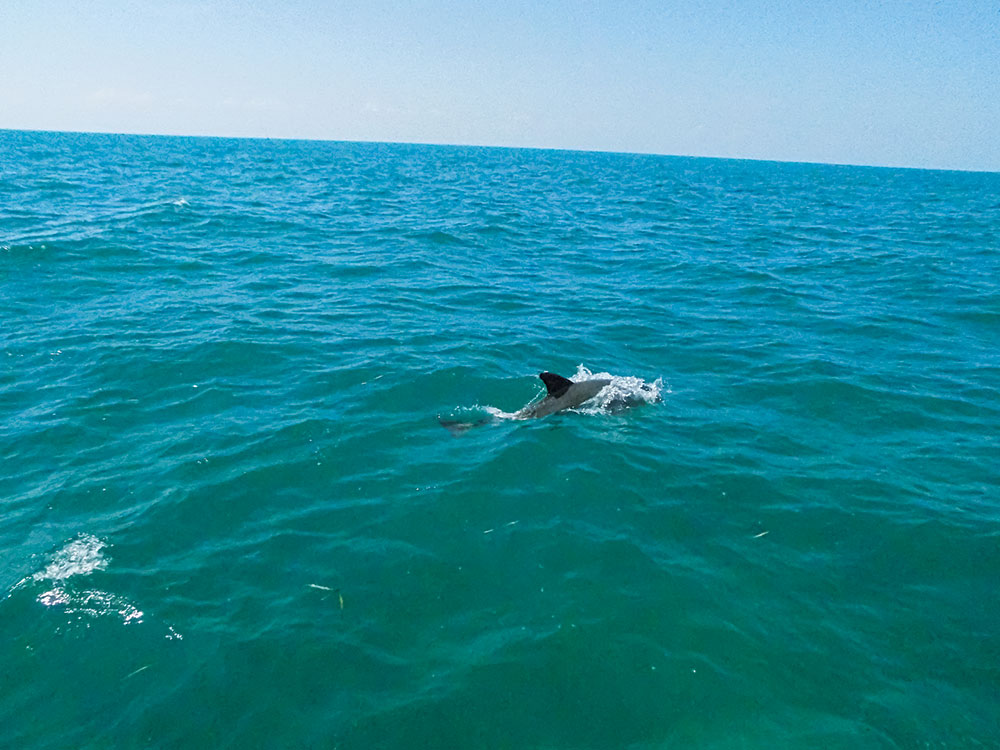
After unloading my bag, I grabbed a map and began plotting out my next moves. With map in hand, I grabbed my pack and camera and started walking. My walk found me heading to where Key West history began—down at the docks.
From its very beginning, Key West life has always centered around the ocean. The ocean is part of everything, so it’s logical that I would have made my way to the docks. While all the fishing charter boats are impressive, it was the double-masted schooners that drew my attention. These ships hearken back to the day of pirates, the slave trade and shipwrecked merchant ships.
After stopping at Turtle Kraals for a bucket of “bones” (ribs) and a cold beer, I made my way to Danger Charters, where I inquired about spending some time aboard and under sail to experience some of that rich history in conjunction with observing the “wild side” of the area.
The next day at 8:00 a.m. sharp, I was boarding a 65-foot skipjack schooner for my first-ever trip aboard a sailing ship. Besides the crew and me, the ship would be carrying a group heading out for a daylong adventure of sailing, snorkeling and kayaking through the canals running between the numerous mangrove islands.
Why Schooners?
Of all the different styles of sailing ships, why were schooners the choice of Key West? The very physical makeup of the waters surrounding Key West holds the answer: Key West is surrounded by shoals, sandbars and coral reefs that made it a danger zone for 17th– and 18th-century merchant ships, especially those laden with gold that sailed between Central America and Spain. With no good charts to guide them, many ships went down in these dangerous waters. Schooners were popular here because they were fast, easy to handle, and their shallow drafts allowed them to cruise over coral reefs and into some of the shallower waters that surround the numerous mangrove islands.
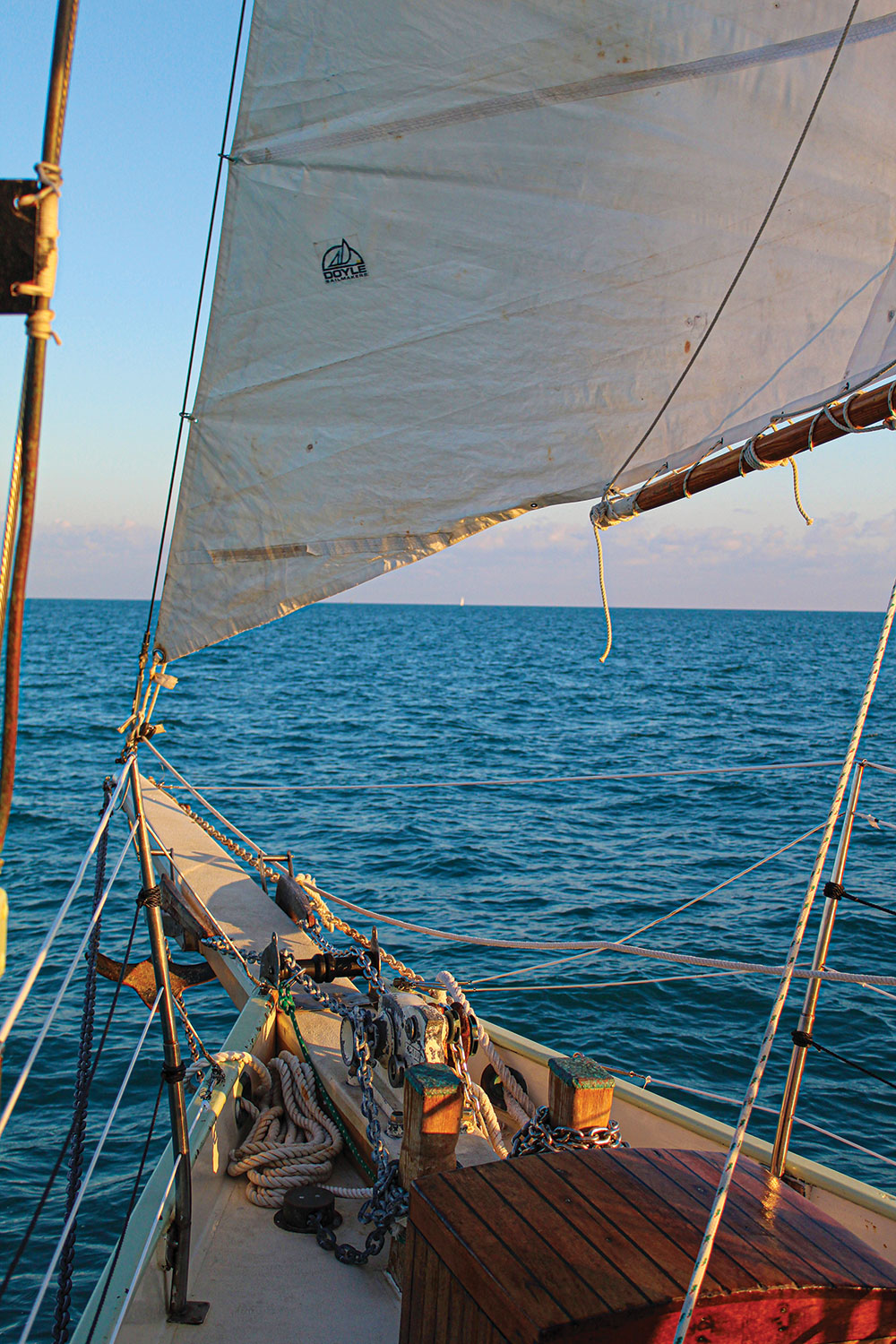
Getting Underway
To get out of the harbor, our captain fired up the engine. But, once clear, we went right over to sail power. I helped out the crew as the sails were unfurled. I also worked with our first mate, Chelsea, to raise the mainsail. You have to be very aware of everything around you the entire time, because ropes lay all around your feet, and the boom is constantly moving.
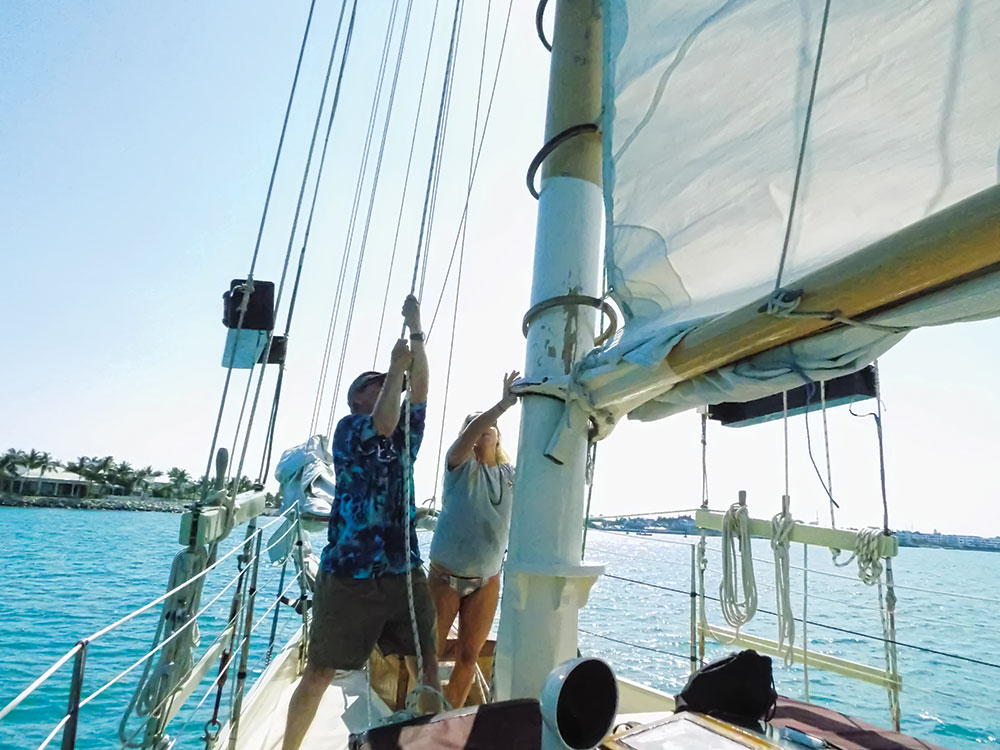
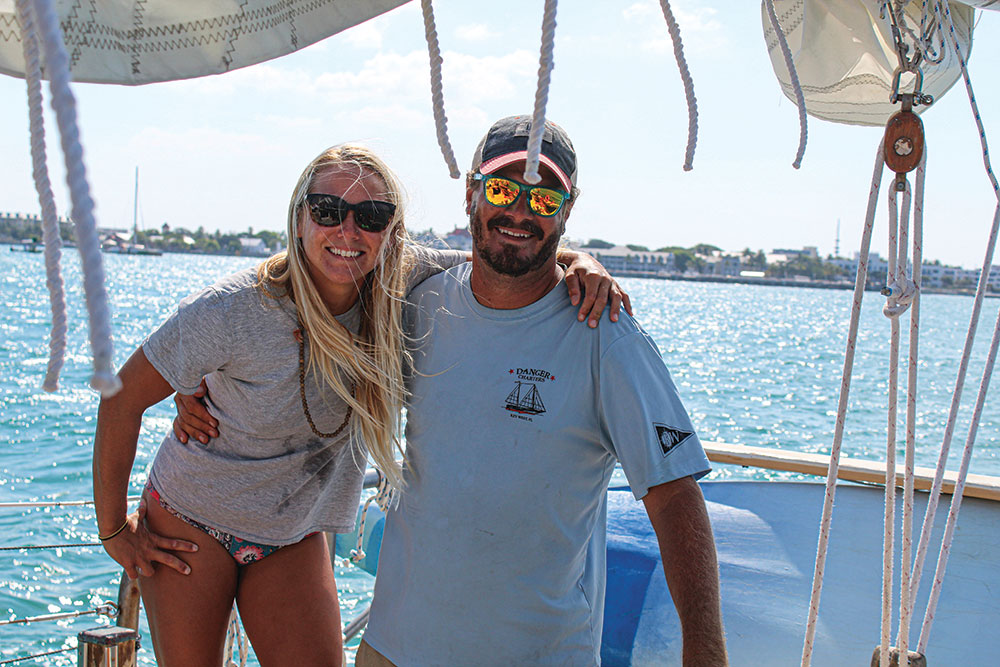
Once the sail has been set, it’s really impressive to watch the wind fill the canvas high above. It’s almost like some kind of mythical beast drawing in a breath of ocean air.
We were moving right along in no time. I was amazed at how quickly and silently we were able to travel. There was no droning engine noise or exhaust fumes to breathe in. I took a moment to just stand by the rail and take it all in. Suddenly, a pod of bottlenose dolphins started riding the bow (swimming in the bow wave at the front of the ship). These dolphins were just the first of the wildlife I was to see.
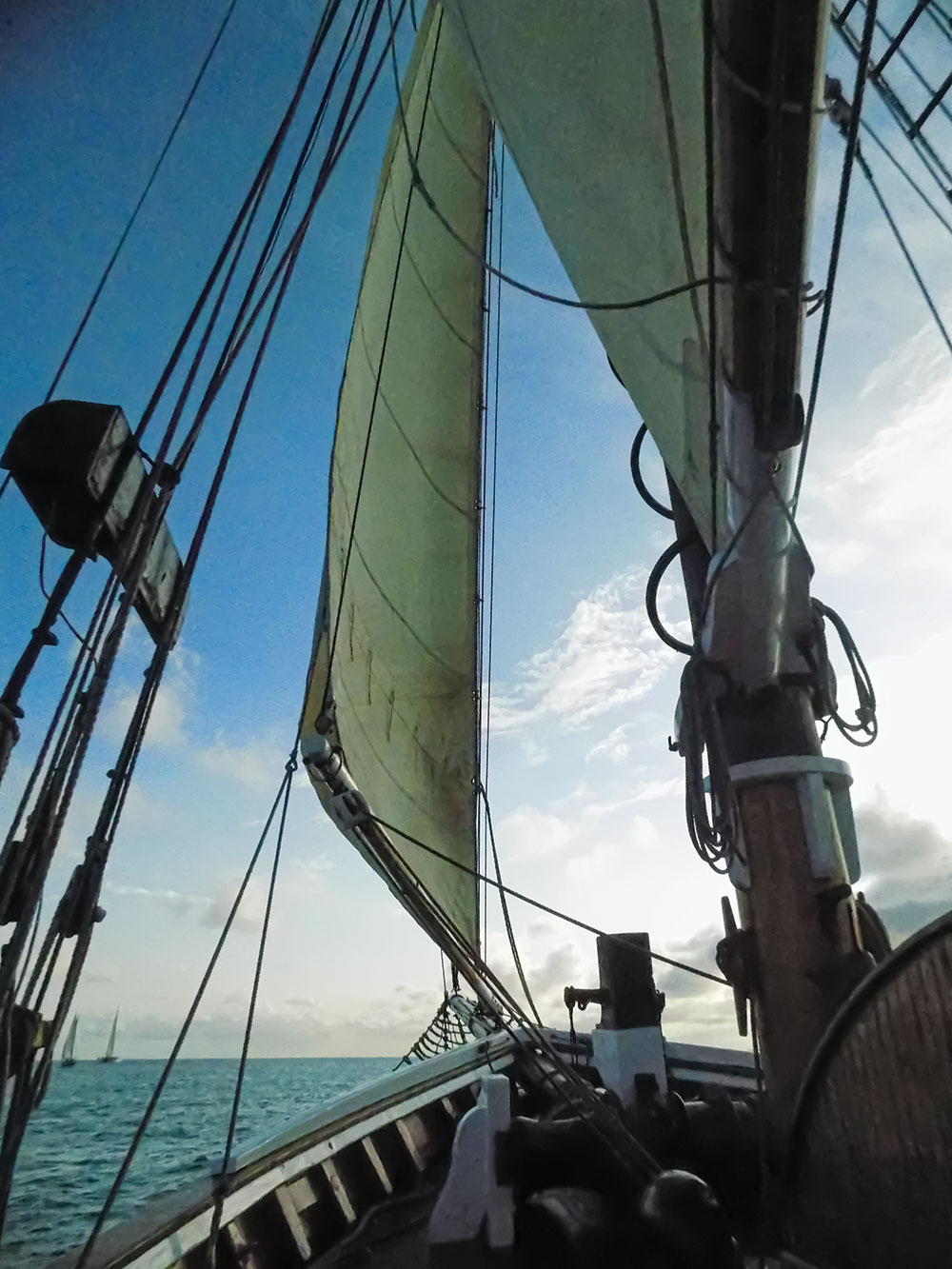
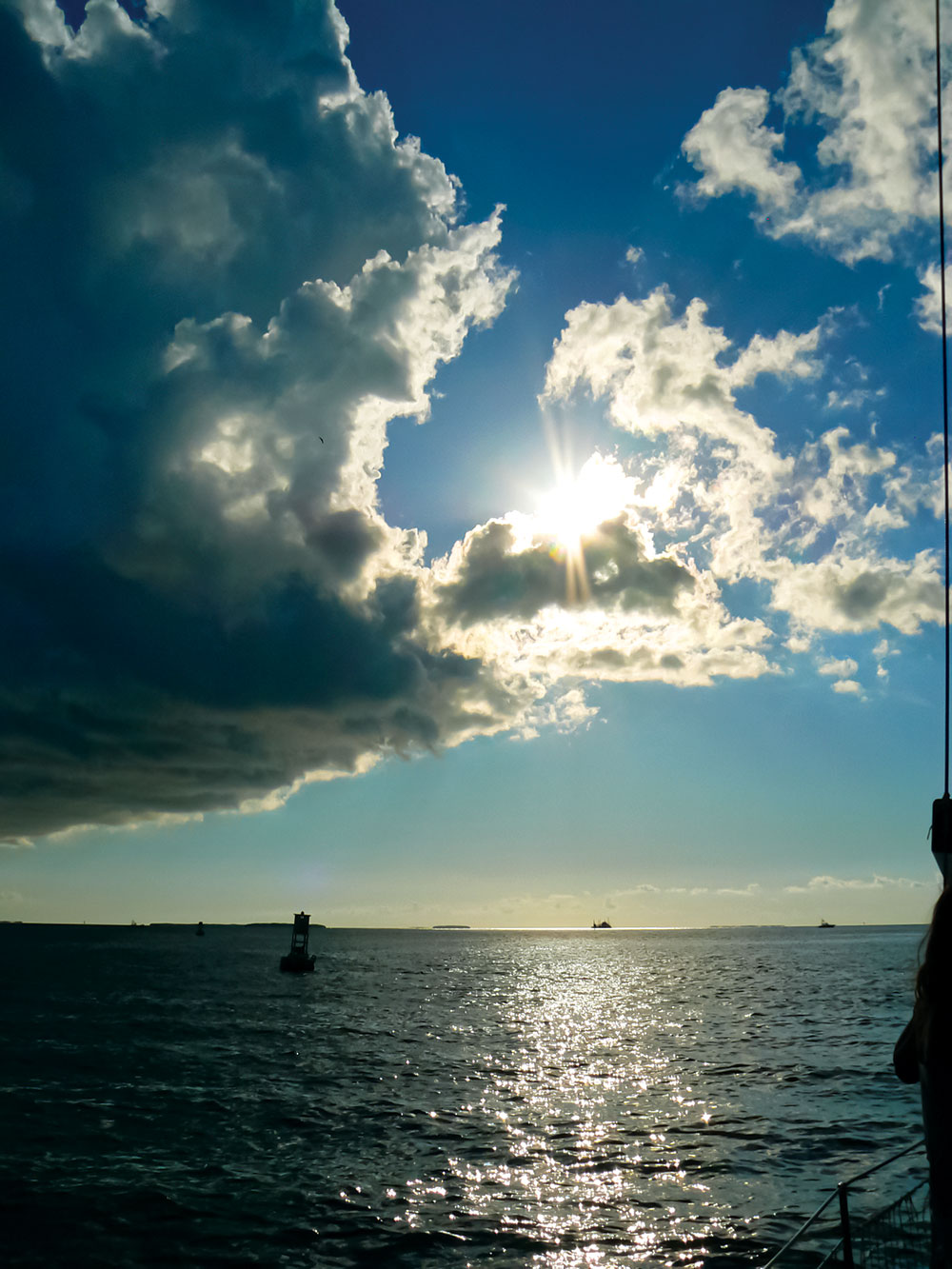
Once fully underway, our captain, Bob, pulled out a nautical map (very similar to a topographic map—something I’m very familiar with) and explained where we were going. Like topo maps, nautical maps show elevation and where reefs, shoals and deeper channels are. They also give information on water depth and currents. Learning how to read these maps and being able to use them in conjunction with a compass are both essential for anyone sailing in these waters.
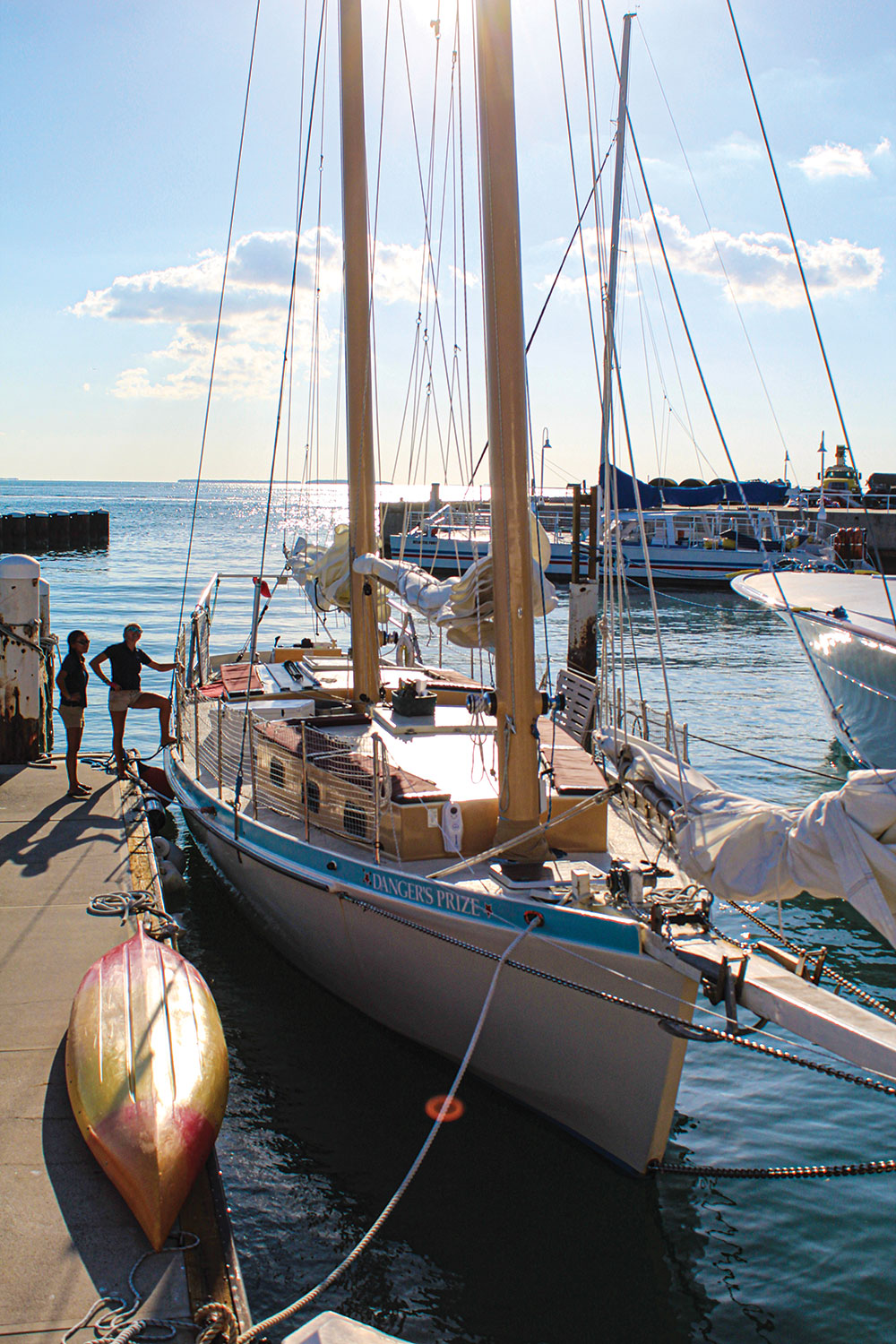
As we sailed, I noticed a storm right over Key West, although the sky over us was clear. I pointed this out to Bob, who explained that these sudden weather patterns are pretty common in the keys. They’re something you have to be aware of at all times, but they don’t usually last long.
Searching for Wildlife
After sailing for about 45 minutes, we arrived at the Key West National Wildlife Refuge. This is a protected area, and the only way to get here is by ship, making it one of the most pristine habitats in the keys. Numerous birds could be seen in the mangrove islands that dotted the area, including ibis, spoonbills and herons.
“In the early 1800s, shipwreck salvage was one of the major industries in Key West, with one ship per week, on average, being wrecked or run aground on the surrounding reef.”
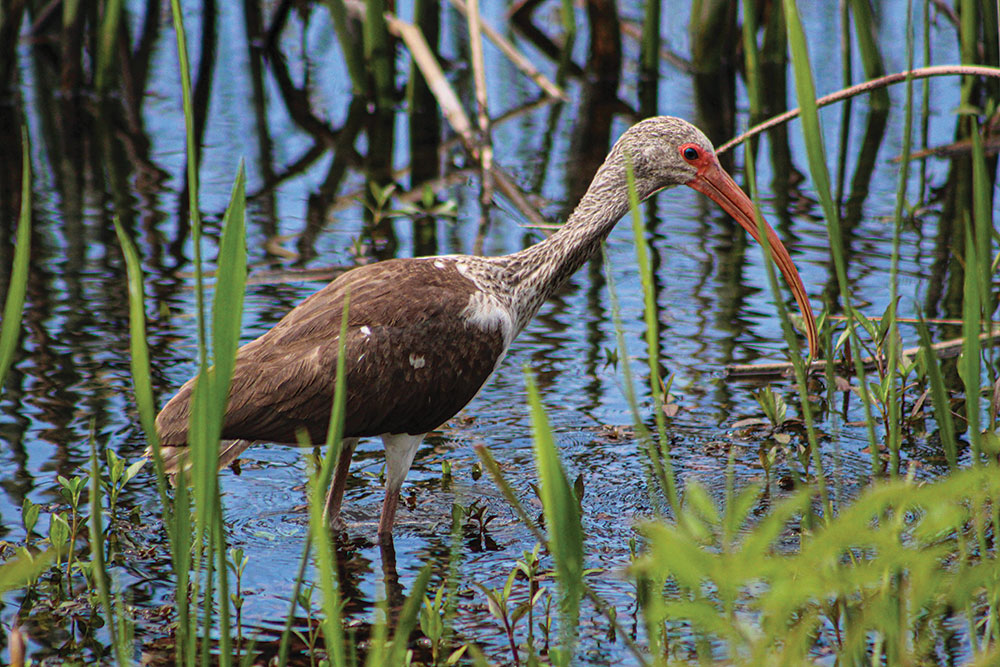
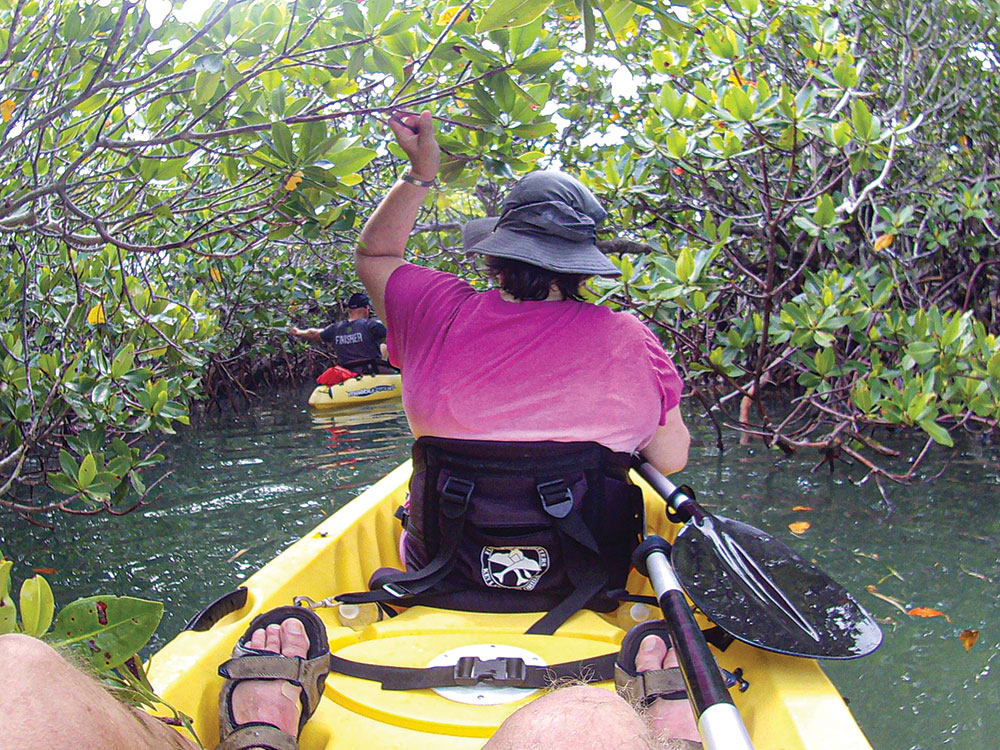
After the sail was brought down and the anchor was dropped, kayaks were launched. We could see small fish, sea stars, harmless jellyfish and even a small blacktip reef shark. I credit seeing so much wildlife to the other people on this trip for being quiet and using the kayaks to traverse the channels between the mangrove islands.
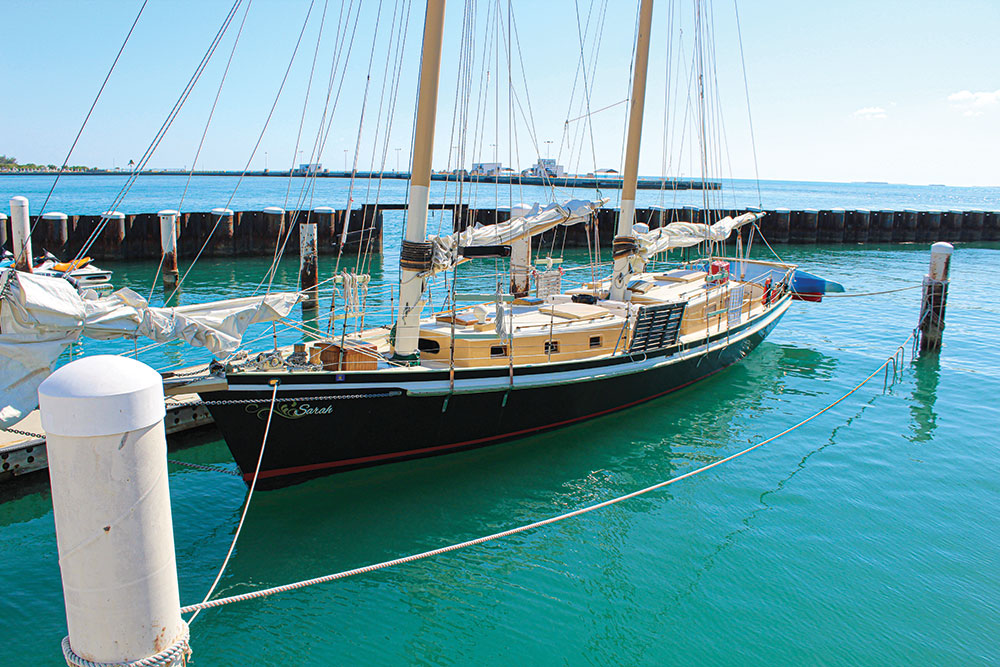
After kayaking, most of the guests went snorkeling over the coral reef, where they were greeted by an even greater amount of sea creatures. I opted to stay onboard and learn more from the crew.
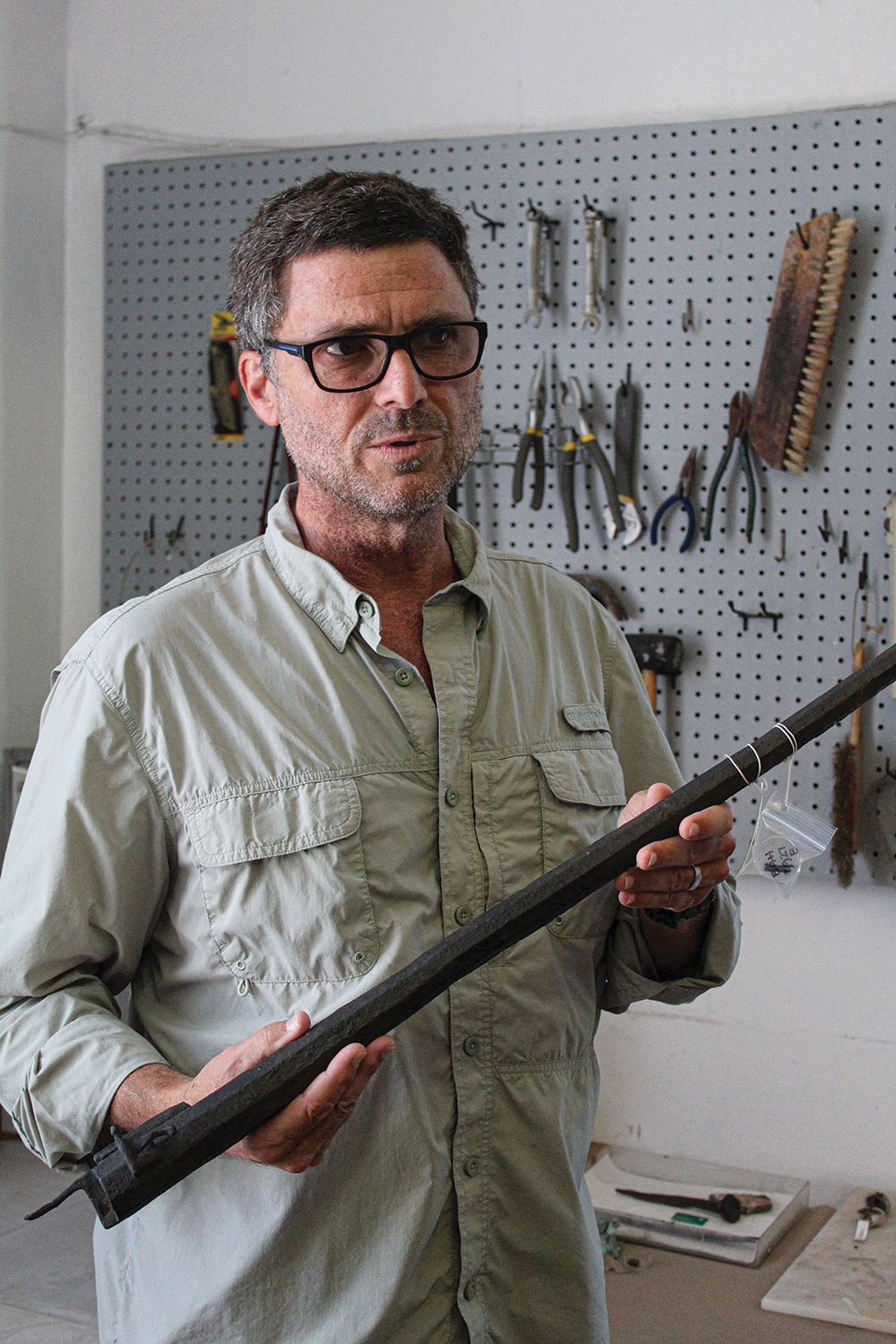
Back on Land
While water is life here, there are some things that need to be learned on dry land: I wanted to find out the historical connection between humans and the environment on this small island.
For the next few days, I spent my time digging through documents, speaking to people who know this valuable information and walking the streets and alleys of Key West.
“It’s dark as we dock and the crew secures the lines. I grab my bag and disembark and, like any good, 18th-century sailor, I seek out liquid refreshment at THE Smokin’ Tuna Saloon.”
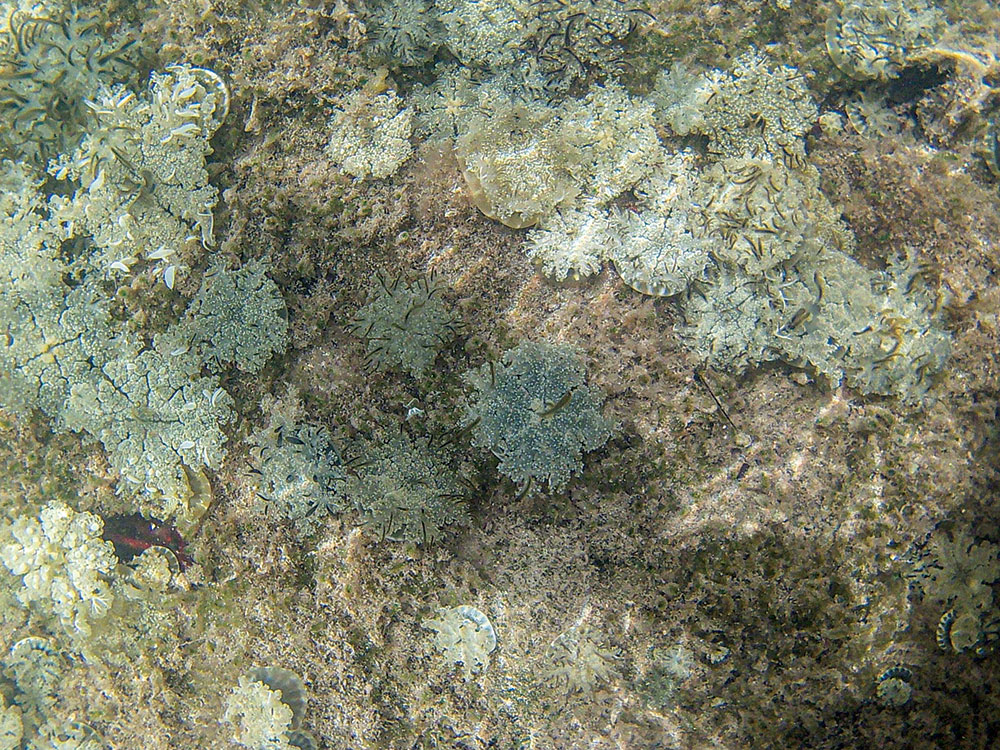
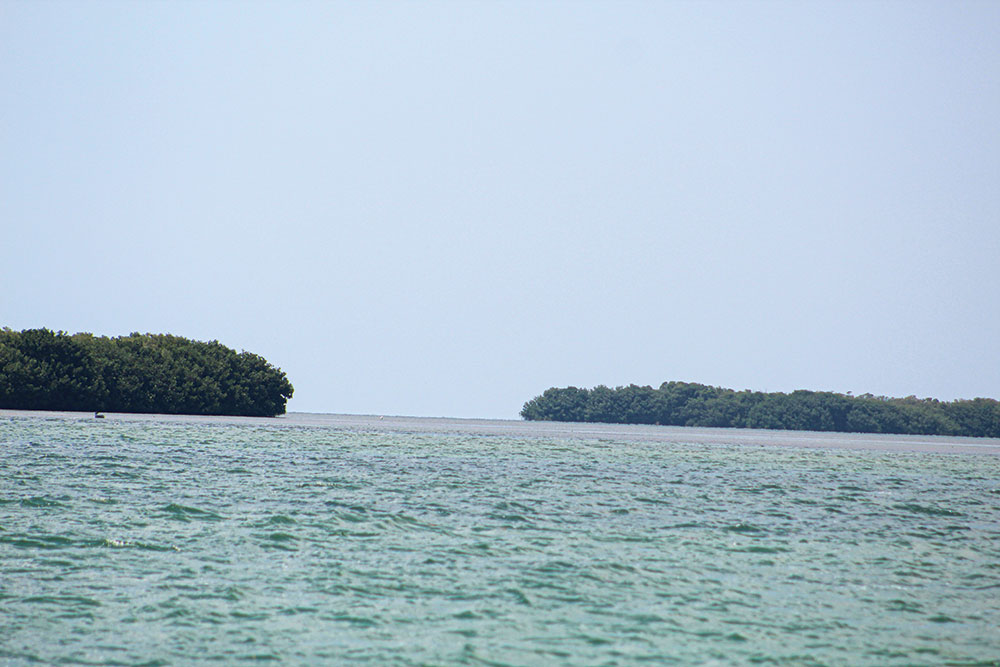
I met with Corey Malcom at the Mel Fisher Museum. Corey is a marine archaeologist and an expert about everything that deals with human interaction with these waters. He went into great detail about navigating, the slave trade and the numerous shipwrecks that occurred in these waters. In the early 1800s, shipwreck salvage was one of the major industries in Key West, with one ship per week, on average, being wrecked or run aground on the surrounding reef.
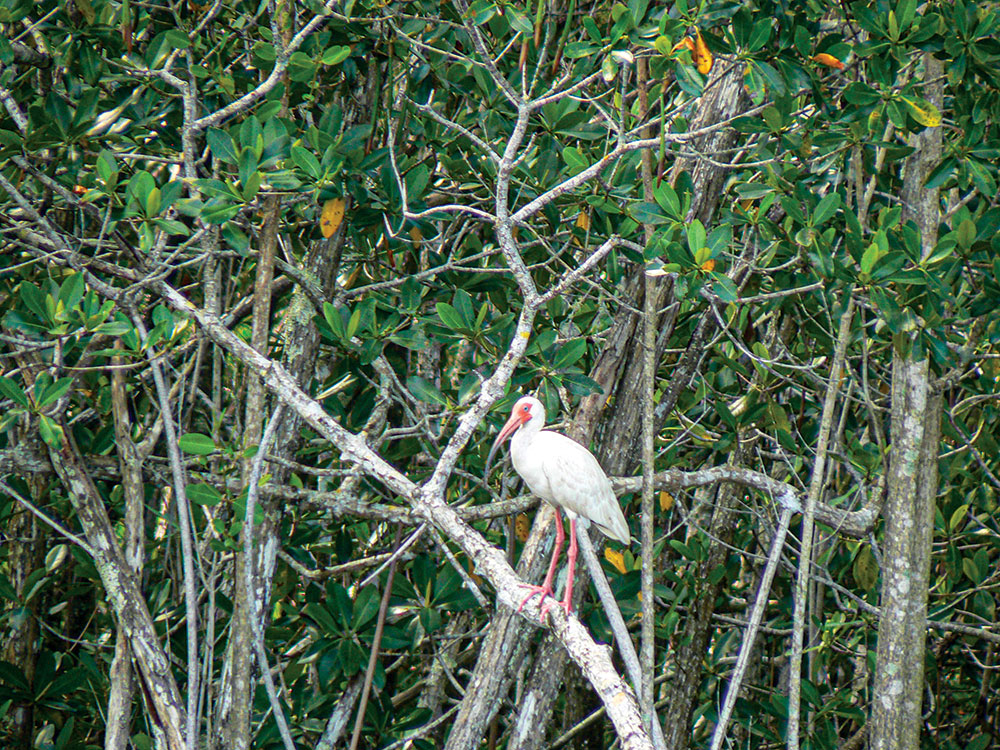
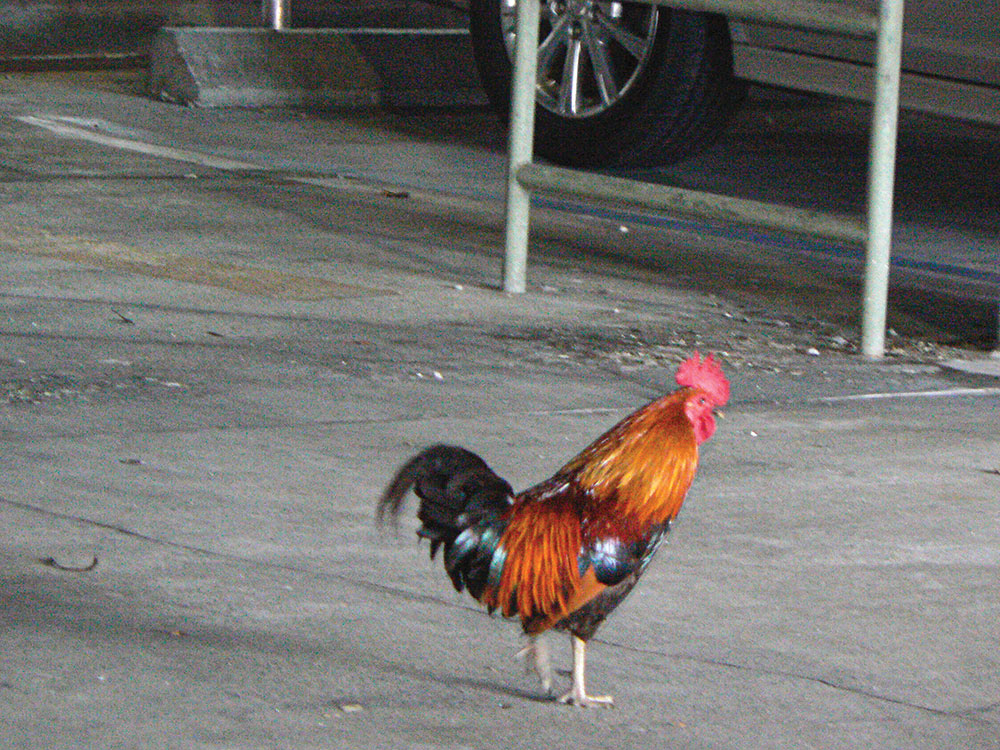
Another industry of the time—and one that had a devastating effect on the marine environment—was the turtling industry. Sea turtles were once very common throughout the keys. In fact, the Dry Tortugas, a protected island about 70 miles off the coast of Key West, was named for the sea turtles found there. In the 1800s, sea turtles by the thousands were harvested from the surrounding waters. The resulting products included canned turtle meat and turtle soup for markets around the world.
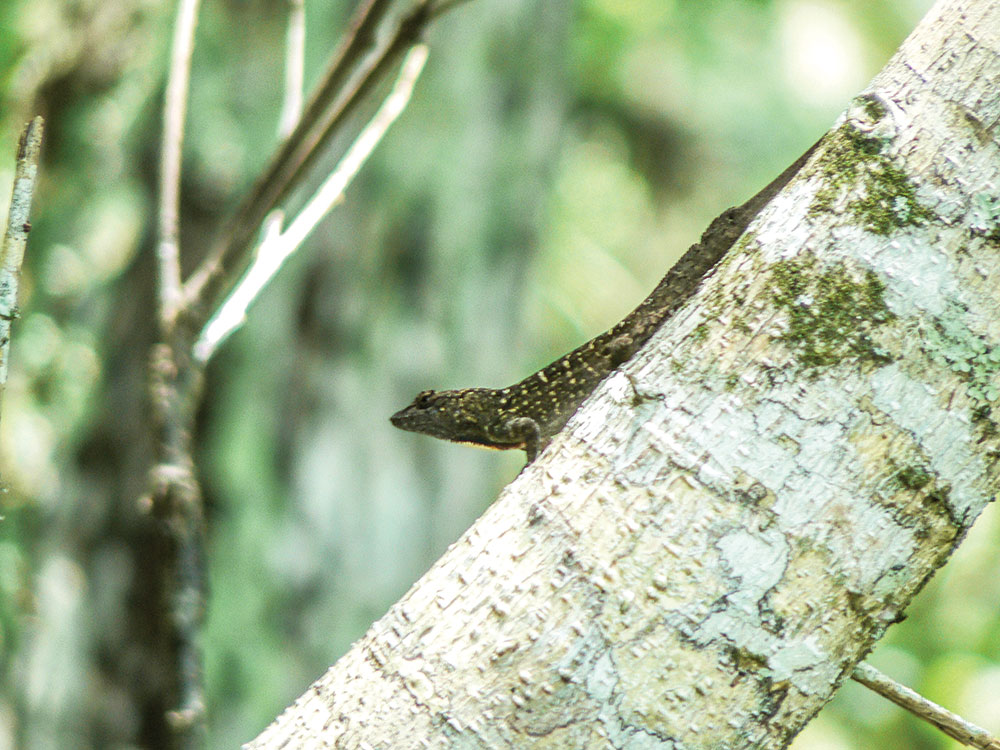
While sea turtles are now protected, the damage was done. Currently, the greatest danger to the turtle population is habitat destruction. Sea turtles still call these waters home, but I didn’t see one during my trip.
Walking down many of the streets in Old Town Key West, you’ll notice a certain, almost nautical, style of many of the 200-year-old homes that still remain. While many of the buildings are off limits, there are some that welcome visitors. I found these homes simply by asking permission to see them.
“I was amazed at how quickly and silently we were able to travel. There was no droning engine noise or exhaust fumes to breathe in. I took a moment to just stand by the rail and take it all in.”
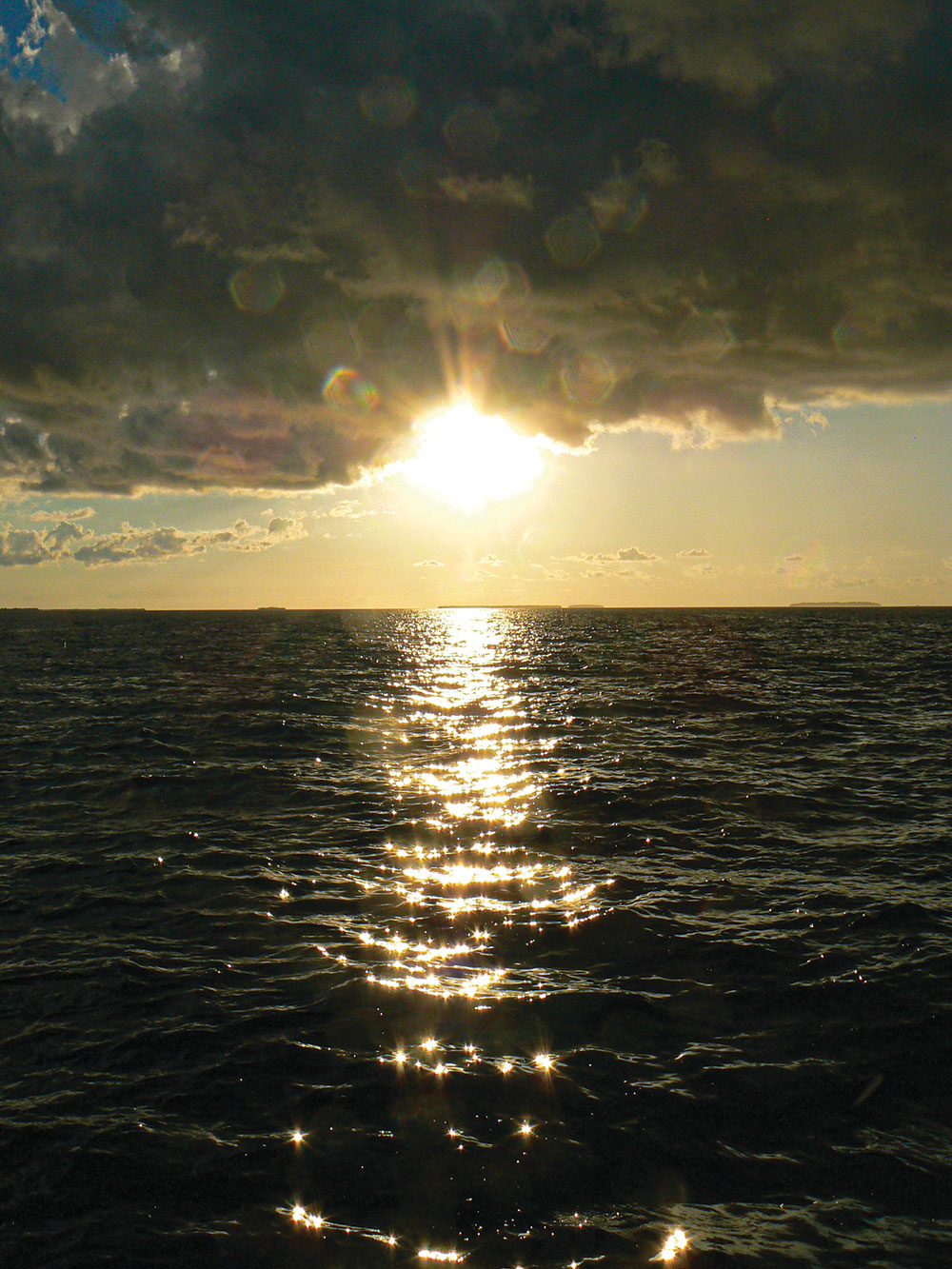
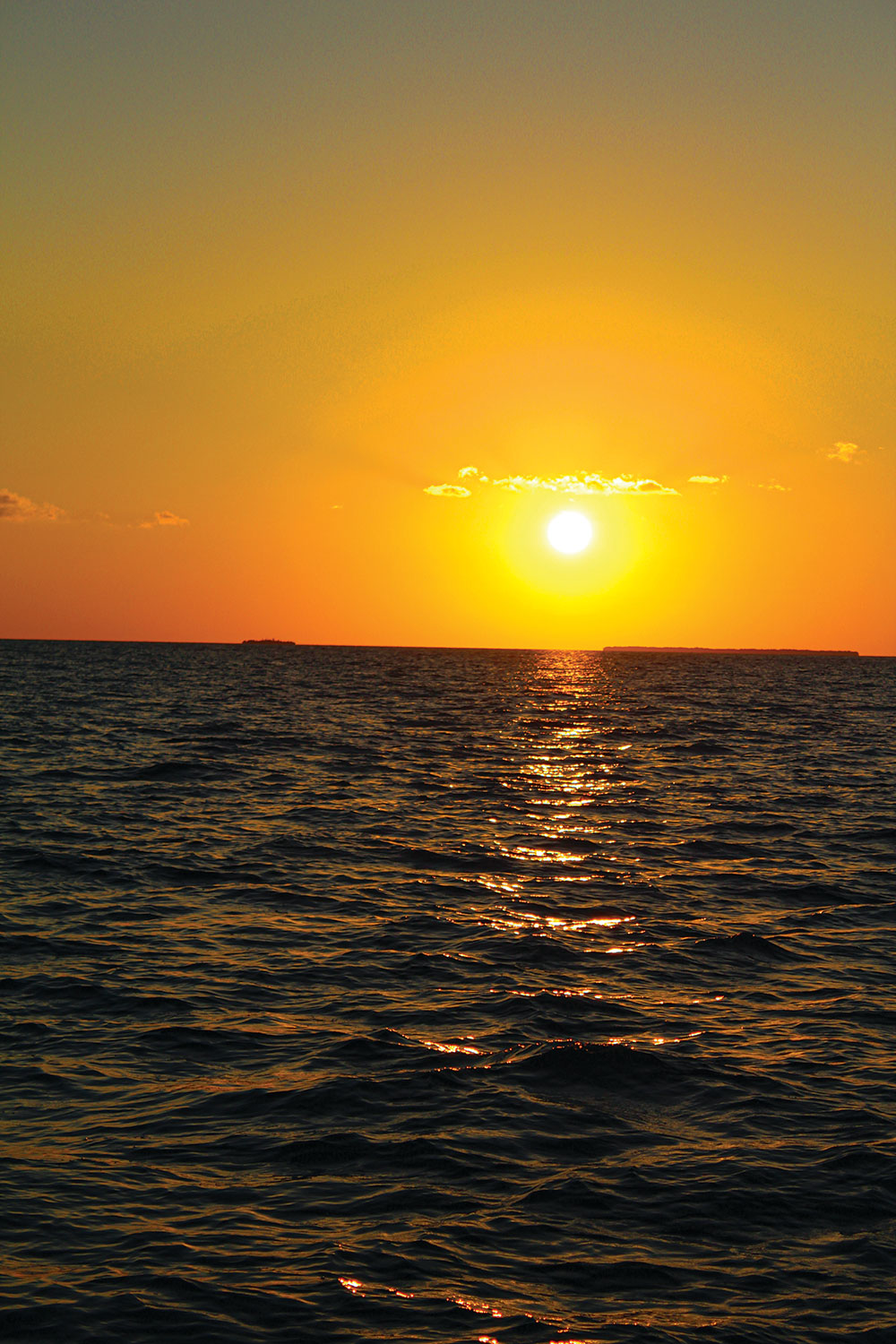
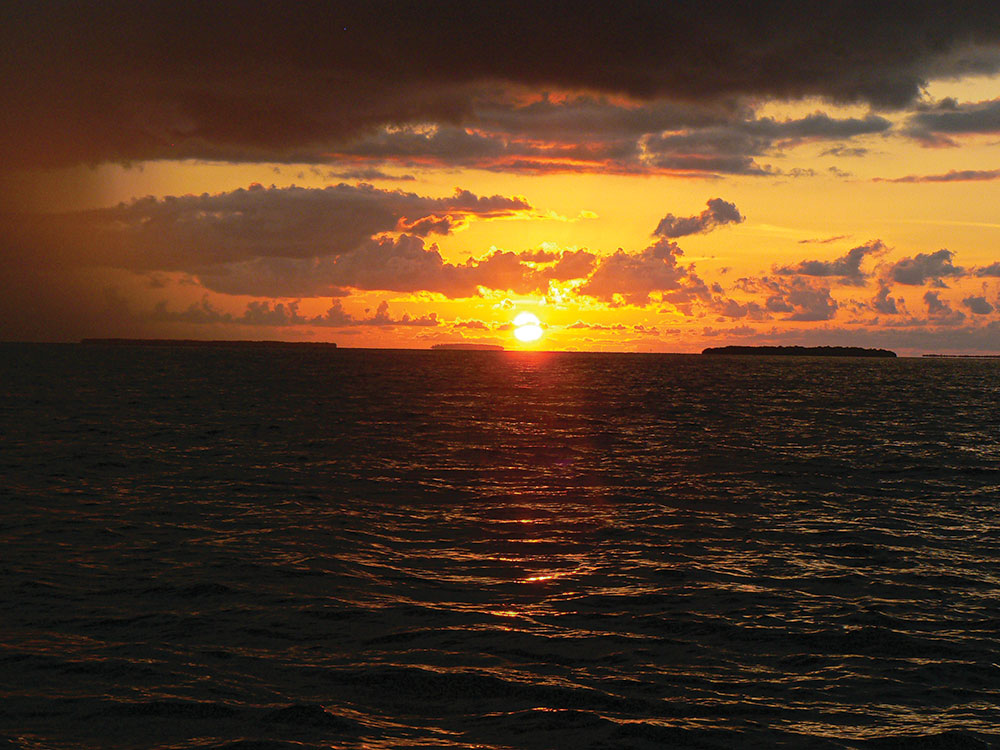
There’s good reason for the nautical feel, because they were built by shipwrights using the wood and other materials from wrecked ships to construct them. With no other building supplies available, everything was used, including timber, nails and hinges. The people of Key West were very resourceful (and still are).
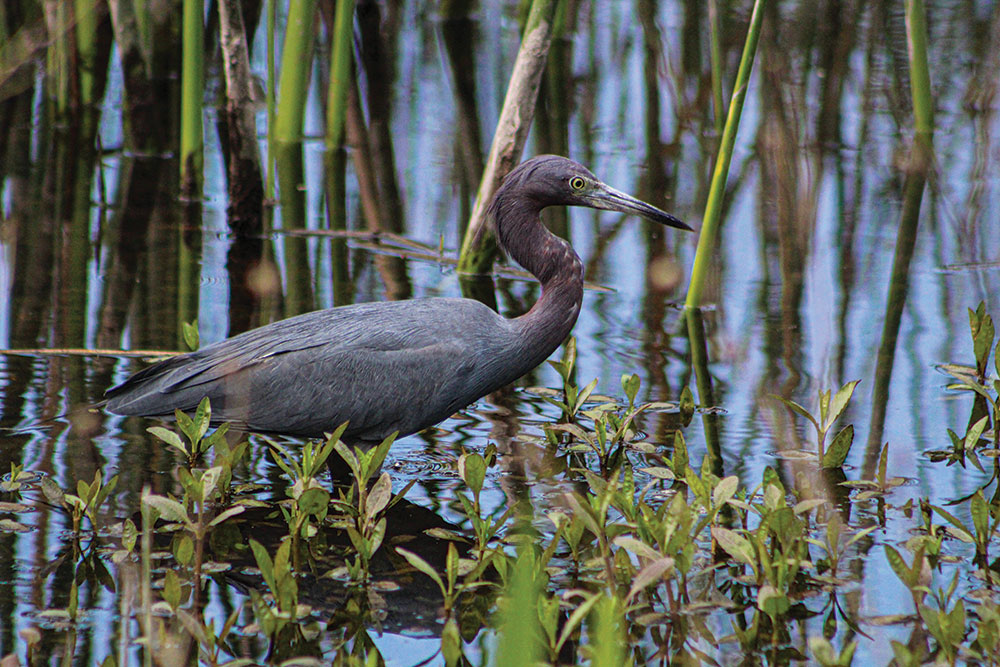
It’s said that those who don’t learn from history are bound to repeat the mistakes of the past. We can’t change what’s already been done, but we can build on the good and avoid the bad.
The resilience of the residents of Key West provides lessons we can all incorporate. My three days onboard the sailing ships of Danger Charters taught me a great deal and provided opportunities I’d never have had otherwise.
“What’s often missed by many visitors [to Key West] is its vast maritime history and spectacular wildlife, both on land and in the water.”
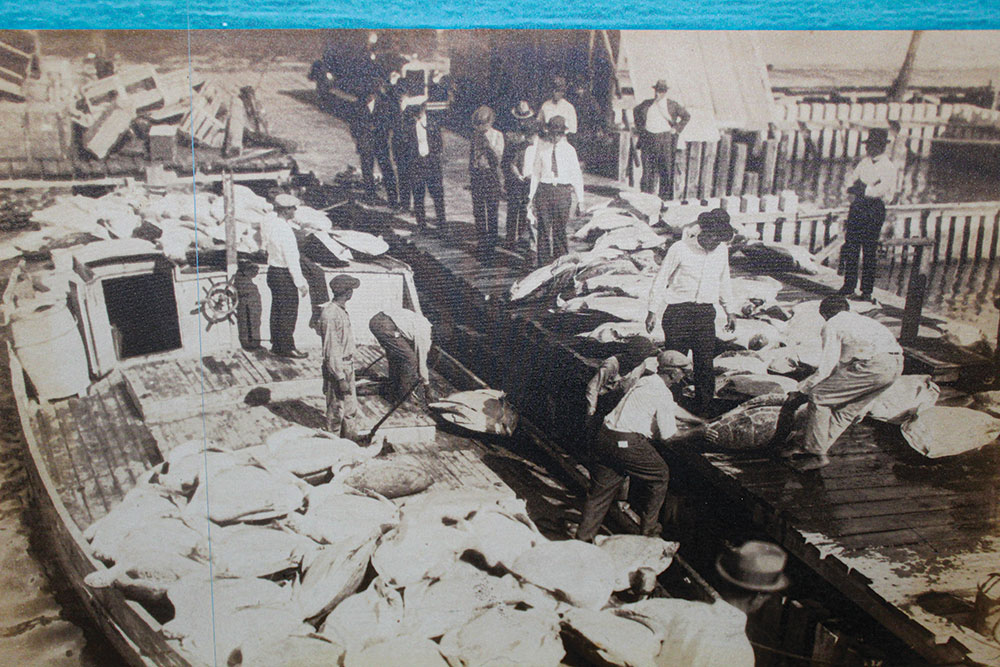
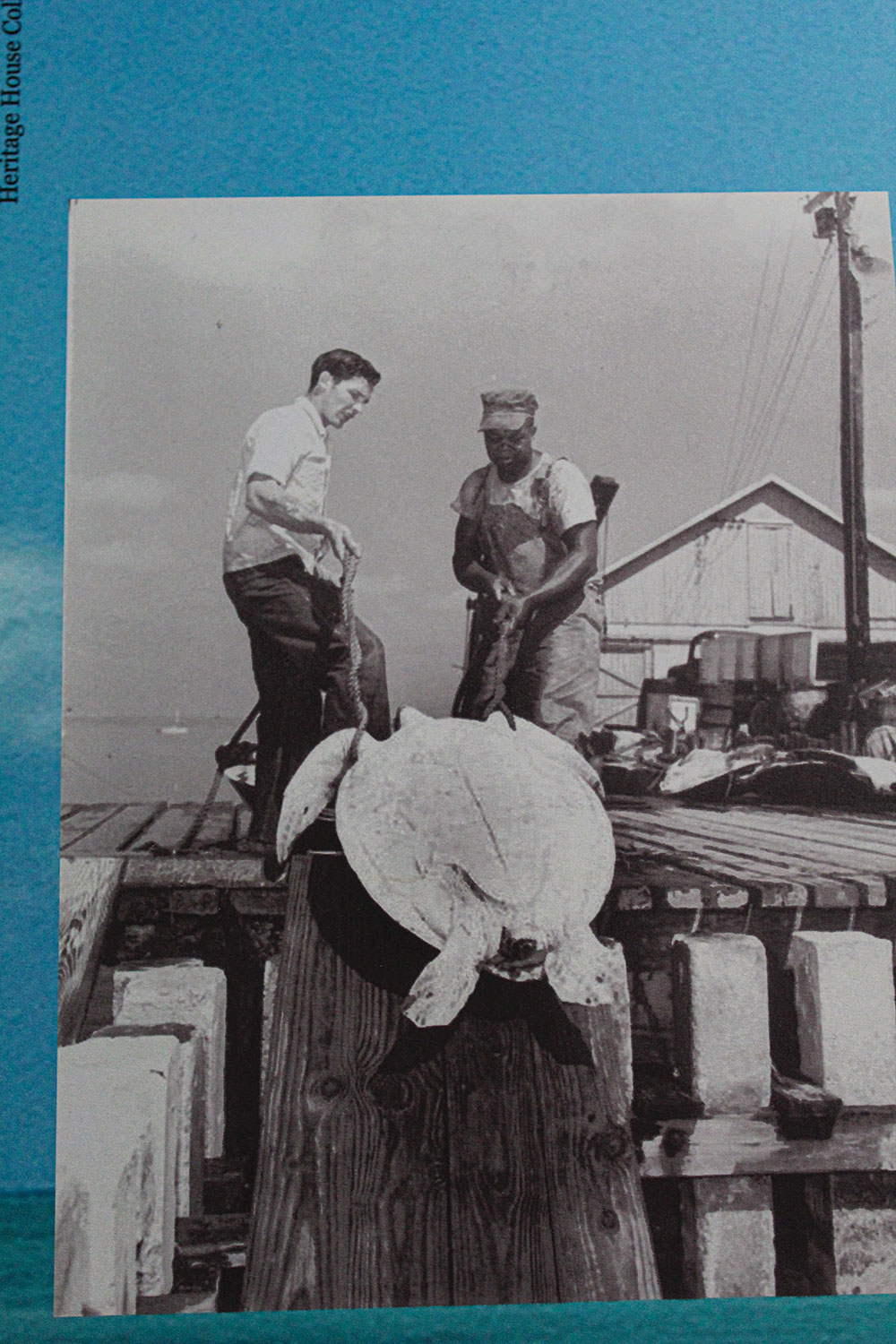
If you’re the type of person who likes to get more out of a visit to beautiful places than just the same view everyone else sees, take time to step away from the hustle and bustle of the tourist attractions and observe the environment around you.
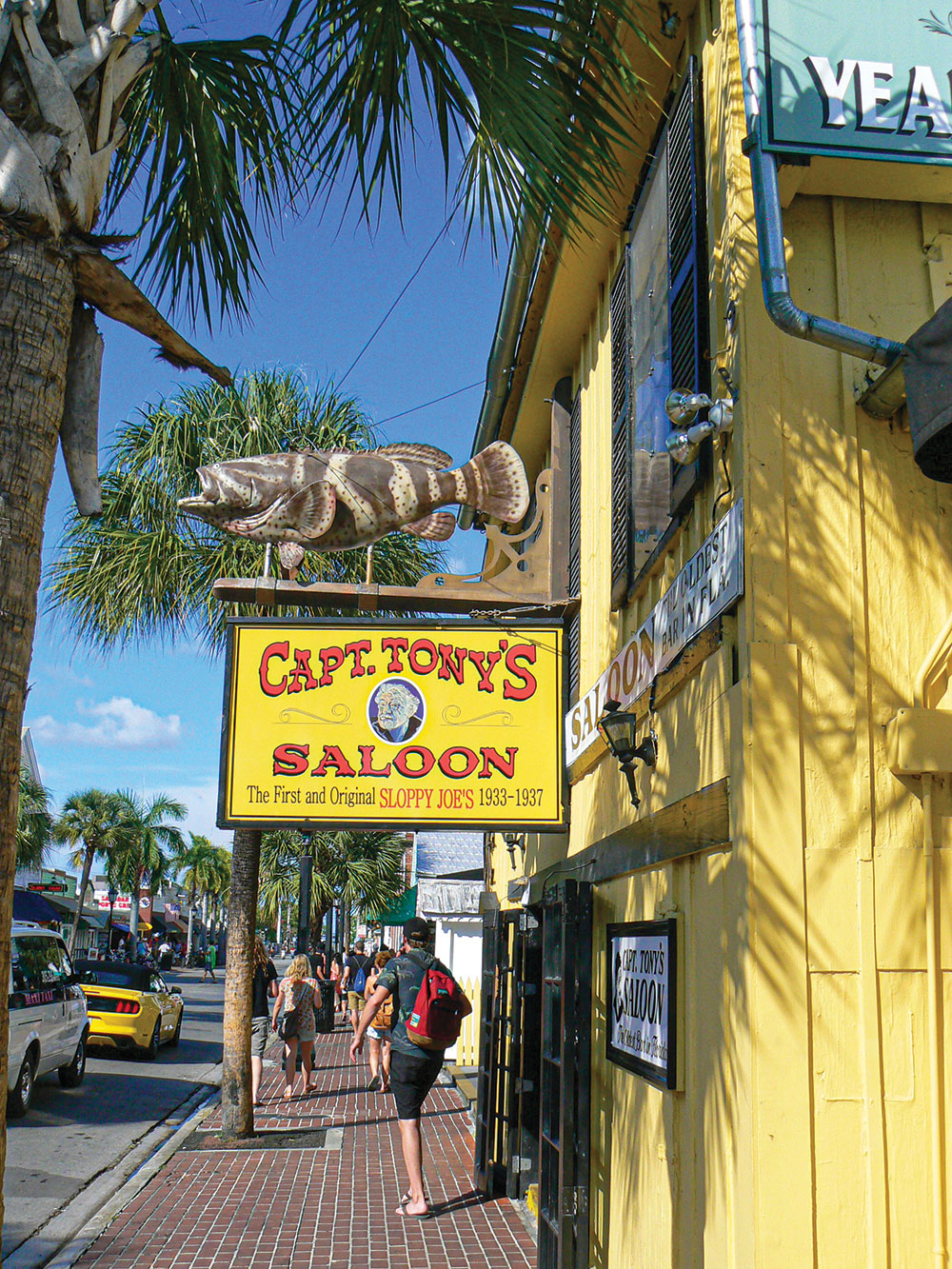
Avoid the Crowds
Key West is a tourist destination, but that doesn’t mean you have to be a tourist. There are always places to stay, eat and explore that the typical visitor never goes to. And, the full-time residents of Key West are very friendly (if you take the time to talk to them).
Here are some pointers for how to make the most of a visit to Key West and other destinations that offer more than the typical tourist fare:
- Make a plan. Know what you want to accomplish so you can stay focused on those goals.
- Ask questions. If you don’t ask, you’ll never know. The locals know the best places to eat, grab a beer and where the tourists aren’t. In a small place such as Key West, residents also know “everybody,” so they can point you in the right direction and offer suggestions about people who know about local history and lore.
- Don’t rent a car. Renting a car is a waste of money. Key West is very walkable, so there’s no need to rent a car. If you do, you’ll also have to deal with parking fees. Besides, you can’t chat with the locals if you spend your time driving.
- Fly into Key West International Airport (EYW). Most visitors to Key West fly into Miami or Fort Lauderdale and then drive to the keys. It might cost a little more to fly into Key West, but by doing so, you’ll avoid the long drive down Overseas Highway (U.S. 1) and the boredom associated with most of it. There’s public transportation available at the airport to get you to where you’re staying.
- Stay away from where the tourists are. Avoid the tourist attractions as much as possible. Do your homework and find out where the “hot spots” are … and, if possible, avoid them!
Nautical Terms
Sailors have an entire language of their own, and it would take a lifetime to learn it all. However, here are some basic terms you should learn, especially if you plan to spend some time on a sailboat:
- Aft: The back of the ship, also known as the “stern”
- Boom: The large, horizontal pole that extends from the bottom of the mast
- Bow: The front of the ship
- Jibing: Turning the stern through the wind
- Knot: One nautical mile per hour. A knot measures speed.
- Leeward: The opposite of “windward” (see below)
- Mast: The long, vertical pole that holds the sail.
- Nautical mile: One nautical mile equals 1.15 statute (land) miles.
- Port: Left side of the ship (when facing the bow)
- Starboard: Right side of the ship (when facing the bow)
- Tacking: Turning the bow through or against the wind
- Windward: The direction from which the wind is blowing
SOURCES
Danger Charters
(305) 304-7999
DangerCharters.com
Smokin’ Tuna Saloon
(305) 517-6350
SmokinTunaSaloon.com
A version of this article first appeared in the December 2021 issue of American Outdoor Guide Boundless.

